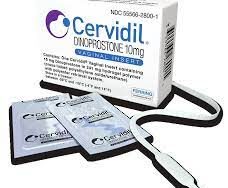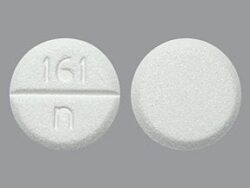Oxytocin
$130.00 – $840.00
</div>
What is the function of oxytocin?
The two main physical functions of oxytocin are to stimulate uterine contractions in labor and childbirth and to stimulate contractions of breast tissue to aid in lactation after childbirth.
Oxytocin also acts as a chemical messenger in your brain and has an important role in many human behaviors and social interactions, including:
- Sexual arousal.
- Recognition.
- Trust.
- Romantic attachment.
- Parent-infant bonding.
The effects of oxytocin on your brain are complex. Scientists are currently researching the role of oxytocin in various conditions, including:
Description
Buy Oxytocin Online
Oxytocin is a natural hormone that manages key aspects of the female and male reproductive systems, including labor, delivery, lactation, and aspects of human behavior. Your hypothalamus makes oxytocin, but your posterior pituitary gland stores and releases it into your bloodstream. Hormones are chemicals that coordinate different bodily functions by carrying messages through your blood to your organs, muscles, and other tissues. These signals tell your body what to do and when to do it. Your hypothalamus is the part of your brain that controls functions like blood pressure, heart rate, body temperature, and digestion. Your pituitary gland is a small, pea-sized endocrine gland located below your brain’s base below your hypothalamus.
Oxytocin and lactation
Once your baby is born, oxytocin promotes lactation by causing contractions of the myoepithelial cells in the alveolar ducts of your breasts. These contractions move milk through your breast tissue.
When your baby sucks at your breast, oxytocin secretion causes the milk to release so your baby can feed. As long as your baby keeps sucking, your pituitary gland continues releasing oxytocin. Once your baby stops feeding, the release of oxytocin stops until the next feeding.
Oxytocin in people assigned male at birth
In people assigned male at birth (AMAB), oxytocin plays a part in ejaculation. The hormone contracts the vas deferens to push sperm and semen forward for ejection. Oxytocin also affects the production of testosterone (a sex hormone) in the testes.
How are oxytocin levels controlled?
it is one of a few hormones that have a positive feedback loop. This means that the release of leads to actions that stimulate your pituitary gland to release even more of it.
Most hormones create negative feedback loops after they’re released, meaning your body releases less of the hormone after it has its effect on your body.
With uterine contractions in childbirth, pressure on your cervix from the fetus baby stimulates your pituitary to release oxytocin. The release continues until your baby is born. With lactation and breastfeeding (chestfeeding), your baby’s sucking stimulates your pituitary to release oxytocin to push milk through your breast tissue. The release continues until your baby stops feeding and will restart when your baby feeds again.
Additional information
| Quantity/Price | 20IU, 50IU, 100IU, 200IU, 300IU, 400IU, 500IU |
|---|






Reviews
There are no reviews yet.